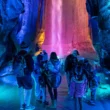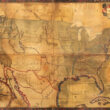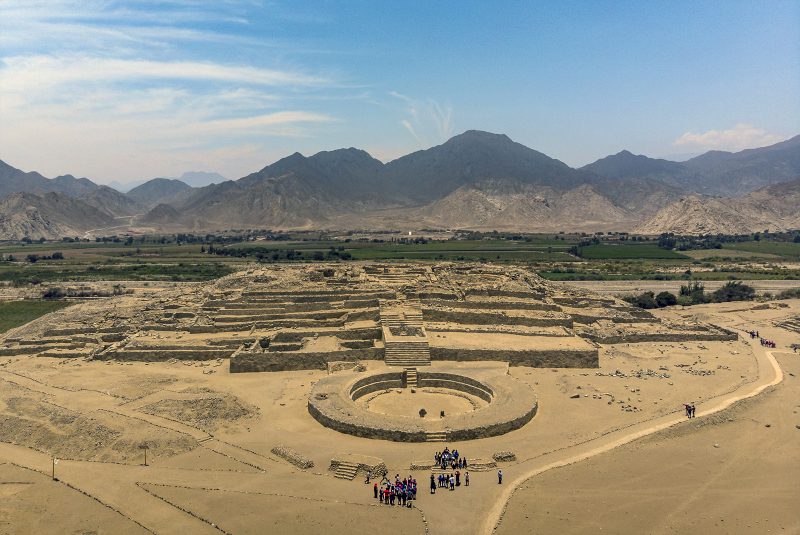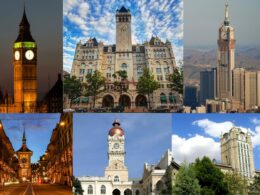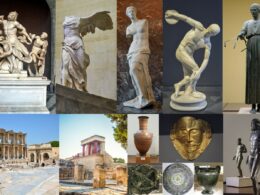In the arid and remote reaches of the Supe Valley in Peru lies a breathtaking archaeological gem: the sacred city of Caral. Nestled between the rugged Andean mountains and the vast desert, this city represents a captivating chapter in human history that remains largely unexplored by the contemporary world.
At nearly 5,000 years old, Caral is a fascinating paradox of time and innovation. While it predates even the great Pyramids of Egypt, its architectural complexity and societal sophistication parallel some of the most advanced ancient civilizations.
The city’s vast landscape consists of six towering pyramids, two uniquely designed sunken ceremonial plazas, intricately planned residential districts, and a remarkable irrigation system that once turned a desert into fertile farmland.
The discovery of Caral has rewritten the history books, challenging long-held assumptions about the development of early American societies. Its existence brings forth questions and curiosities that continue to fuel archaeological exploration and academic research.
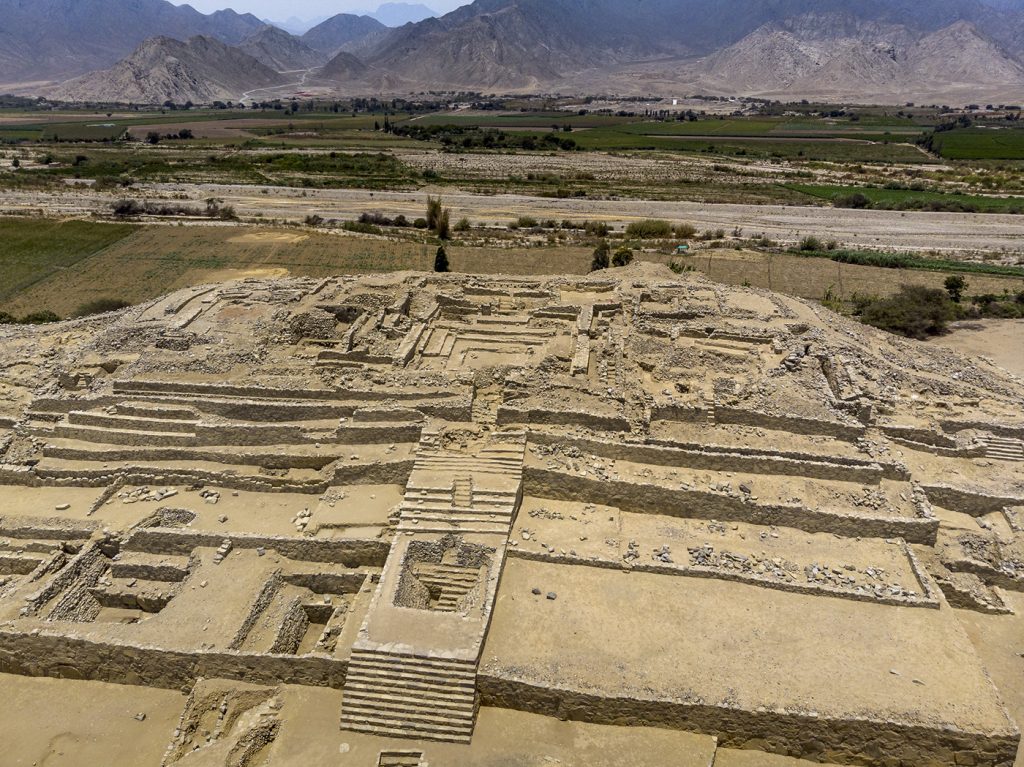
How did this ancient civilization come to thrive in such a harsh environment? What secrets are hidden within the walls of its monumental structures? How did Caral’s inhabitants live, worship, trade, and create art?
As a UNESCO World Heritage Site, Caral is more than a relic of the past; it’s a living testament to human ingenuity, resilience, and cultural richness. Its preservation and exploration are vital to understanding our shared heritage and the timeless narrative of human civilization.
In this extensive exploration, we will delve into the various facets of Caral’s existence, from its remarkable architecture and engineering feats to its societal structure, spiritual beliefs, and lasting influence on modern Andean culture. Join us as we journey through the ancient heart of Peru, unraveling the mysteries and marvels of the sacred city of Caral.
I. Introduction to Caral
Caral’s vast cityscape consists of six pyramids, two sunken ceremonial plazas, residential districts, an advanced irrigation system, and other awe-inspiring constructions. As a UNESCO World Heritage Site, it beckons scholars, tourists, and history enthusiasts from around the world.
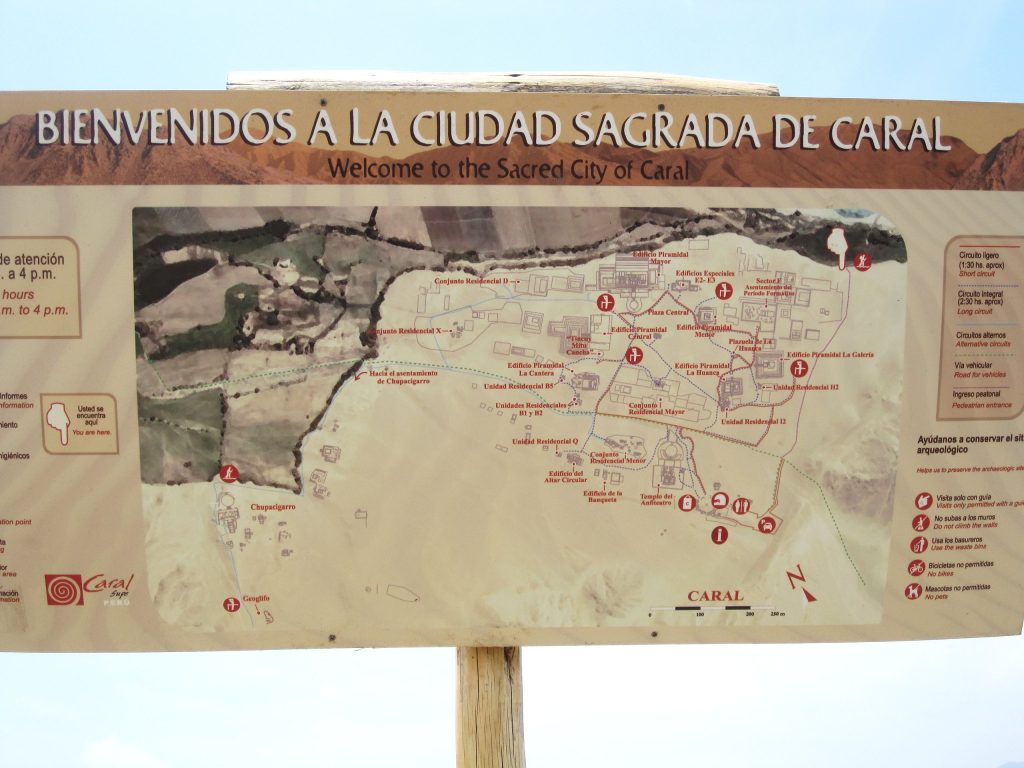
II. Discovery and Initial Exploration
Archaeologist Ruth Shady’s work in the late 1990s brought international attention to Caral. The subsequent excavations unveiled the true extent of this ancient city, sparking interest and debates among historians and archaeologists.
III. The Six Pyramids: An Architectural Marvel
These ancient pyramids, built using intricate engineering techniques, are some of the earliest known in the Americas. Each pyramid served specific purposes, from administrative centers to religious sites, providing vital clues to Caral’s complex society.
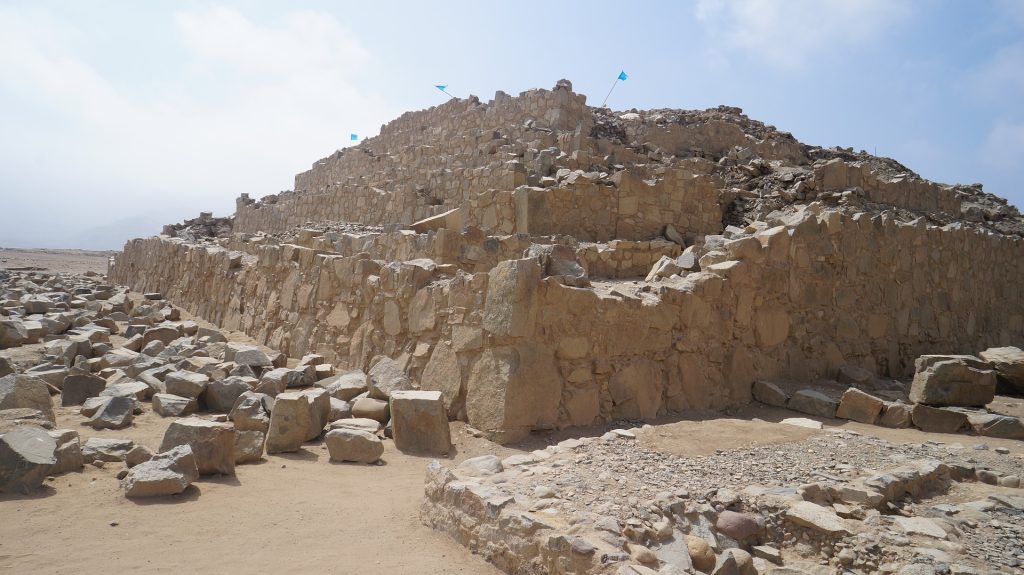
IV. Sunken Ceremonial Plazas: Centers of Community Life
The two sunken plazas served as a focal point for spiritual rituals and public events. Their design provided shelter from the winds and created a secluded space for communal activities, reflecting the social and cultural importance of gathering within the Caral civilization.
V. Residential Districts: Windows into Daily Life
A well-planned urban design, complete with central plazas and innovative home construction techniques, offers a glimpse into the lives of Caral’s residents. The homes’ architectural intricacy shows signs of a society that was both organized and conscious of its living environment.
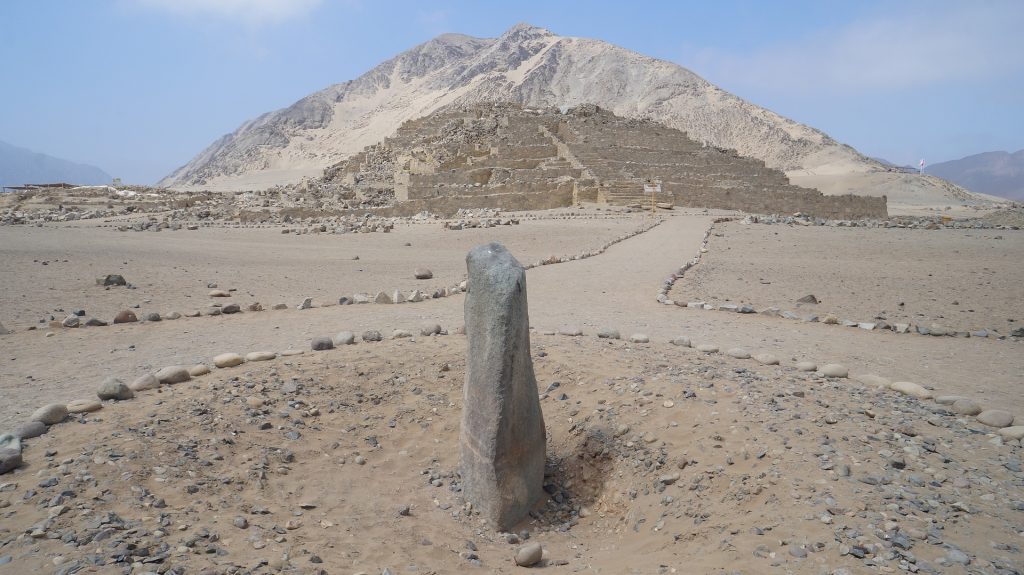
VI. Agriculture and Irrigation System
The ingenious irrigation system showcases Caral’s mastery over the land. By diverting the Supe River, the civilization was able to cultivate various crops, providing a stable food source and making trade possible.
VII. Economy and Trade
Caral’s strategic location and advanced agricultural techniques facilitated trade with neighboring regions. Archaeologists have found artifacts like shells and stones from distant places, signifying an extensive trade network that connected Caral to other early American societies.
VIII. Religion and Spirituality
The ancient city of Caral had a rich spiritual tradition. Sacred symbols and artifacts found in the city suggest a deeply religious society that believed in divine intervention and cosmic forces. The sunken plazas and pyramids further highlight the role of religion in shaping Caral’s culture.
IX. Art, Music, and Culture
The people of Caral were not just engineers and traders; they were artists and musicians. Instruments like flutes made from bird bones and artistic artifacts have been found, revealing a civilization rich in creativity and artistic expression.
X. Caral’s Influence on Modern Andean Culture
The legacy of Caral still resonates in modern Andean culture. As the oldest known city in the Americas, Caral’s art, religion, and societal structures have influenced subsequent civilizations and continue to be a symbol of Peru’s rich heritage.
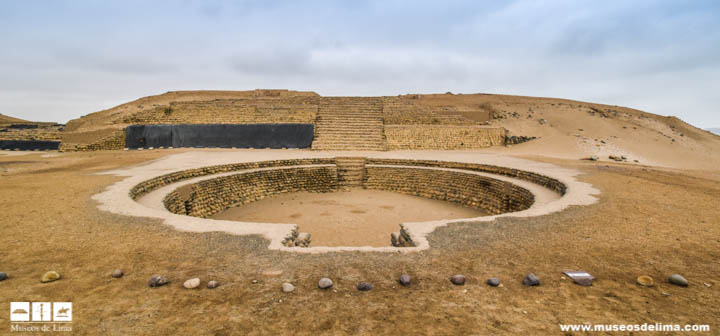
XI. Preservation and Tourism
Today, Caral’s preservation is a priority for both the Peruvian government and international organizations. Tourists can explore the site with guided tours, experiencing the grandeur of the city and learning about its historical significance.
XII. Conclusion: Reflections on a Lost Civilization
The sacred city of Caral, with its breathtaking architecture, advanced engineering, complex society, and rich cultural heritage, is a window into an ancient world that laid the foundations for later civilizations in the Americas.
Its discovery has not only broadened our historical perspective but has also taught us about our shared human ability to innovate, create, and thrive in challenging environments. Caral’s existence is a reminder of the resilience and brilliance of human civilization, a timeless marvel that continues to inspire awe and wonder.
In embracing and preserving Caral, we keep alive the memory of a society that once was, recognizing its achievements and understanding its place in our shared human story. Whether you’re an archaeologist, historian, or simply a curious traveler, Caral invites you to explore, learn, and be amazed by the grandeur of a civilization that once thrived in the heart of Peru.
**Please note that this post may contain affiliate links. When booking through one of our links, we earn a small kickback at no extra cost to you and it’s a big help to keep the site up and running.

